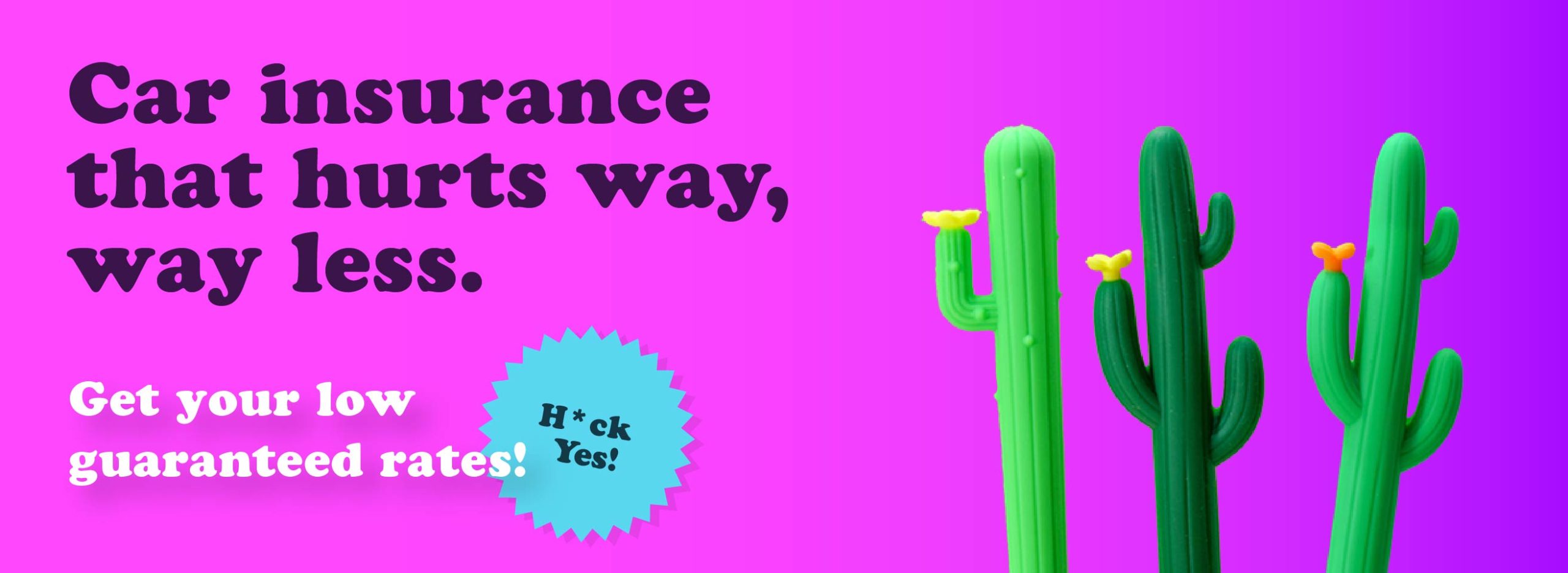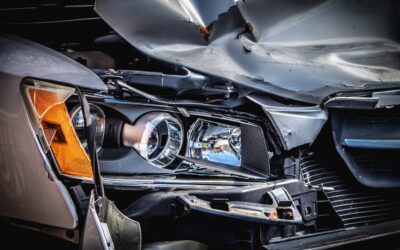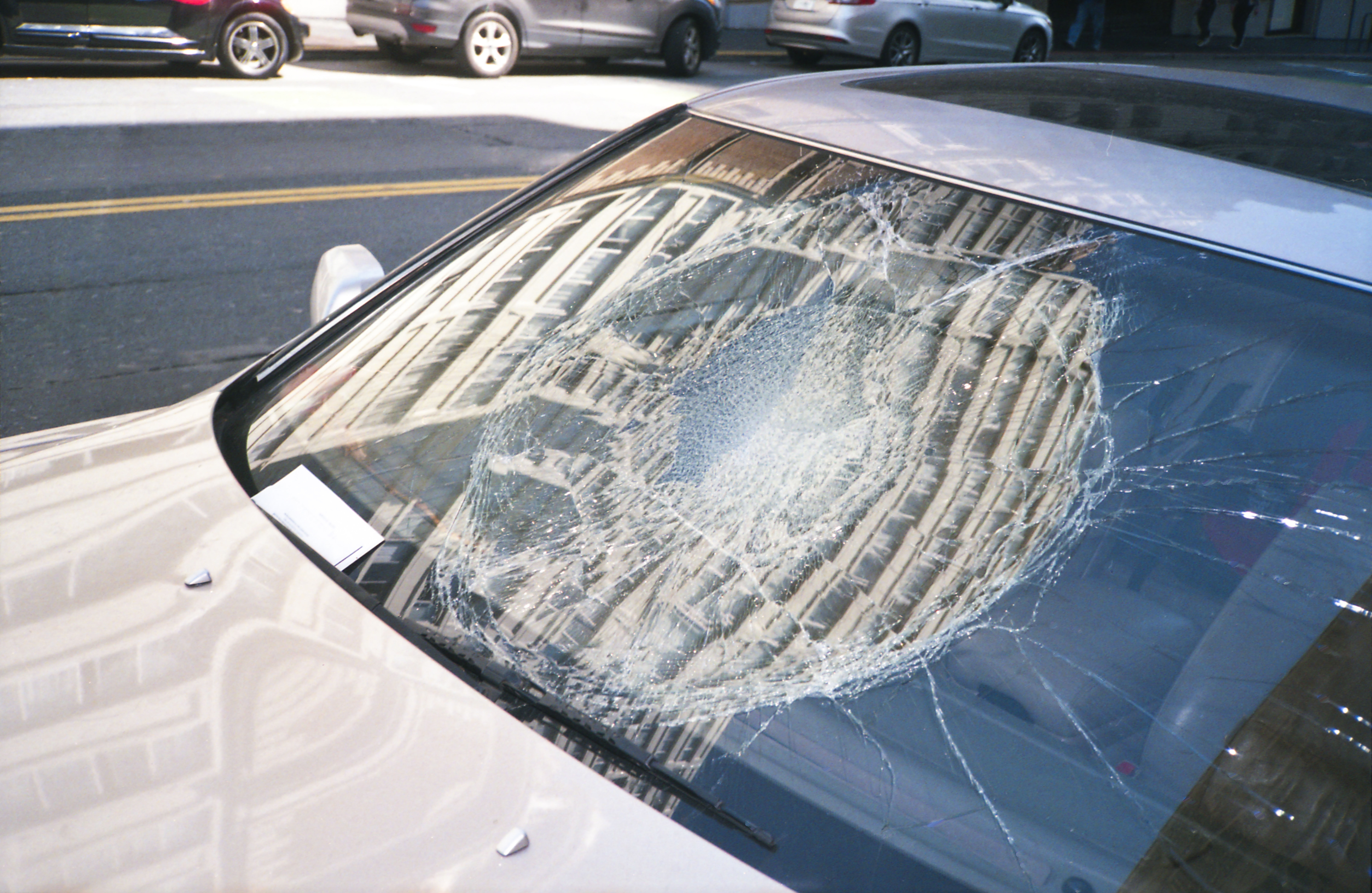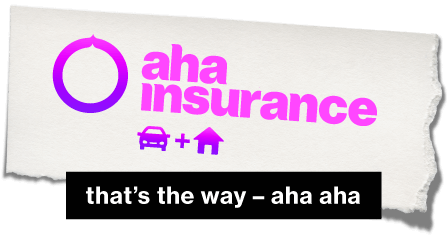We’ve all done it—hesitated as we rolled to a stop at a busy four-way intersection because we’re not quite sure who has the right-of-way.
It can be a tricky thing even for the most experienced drivers, but especially for newbies. There’s also an intimidation factor in knowing when to yield, because you can cause a very serious accident costing more than just money.
“According to the Ontario Ministry of Transportation there were more than 53,100 collisions that were intersection related and an additional 42,000 at intersections.”
What does “yield the right-of-way” mean to Ontario drivers?
To give or yield someone the right-of-way means to let them go first. There are many driving scenarios in which you must yield the right-of-way to a pedestrian, cyclist, or another driver.
1. At an intersection without signs or lights
At an intersection with no lights or signs, you must yield the right-of-way to whichever vehicle approaches first. If you arrive at the same time, the driver on the right has the right-of-way.
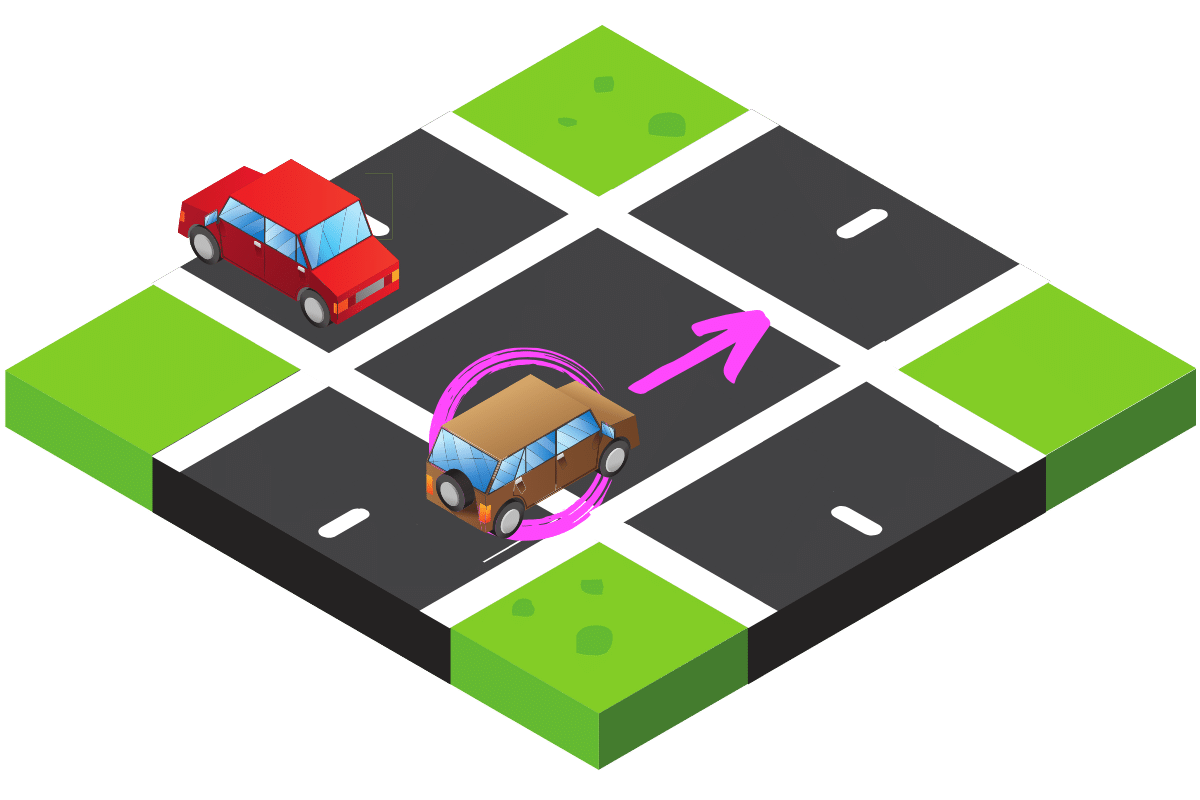
2. At a four-way stop with signs at all corners
When there are stop signs for all directions, the first to come to a stop has the right-of-way. If everyone arrives at the same time, the vehicle on the right has the right-of-way.
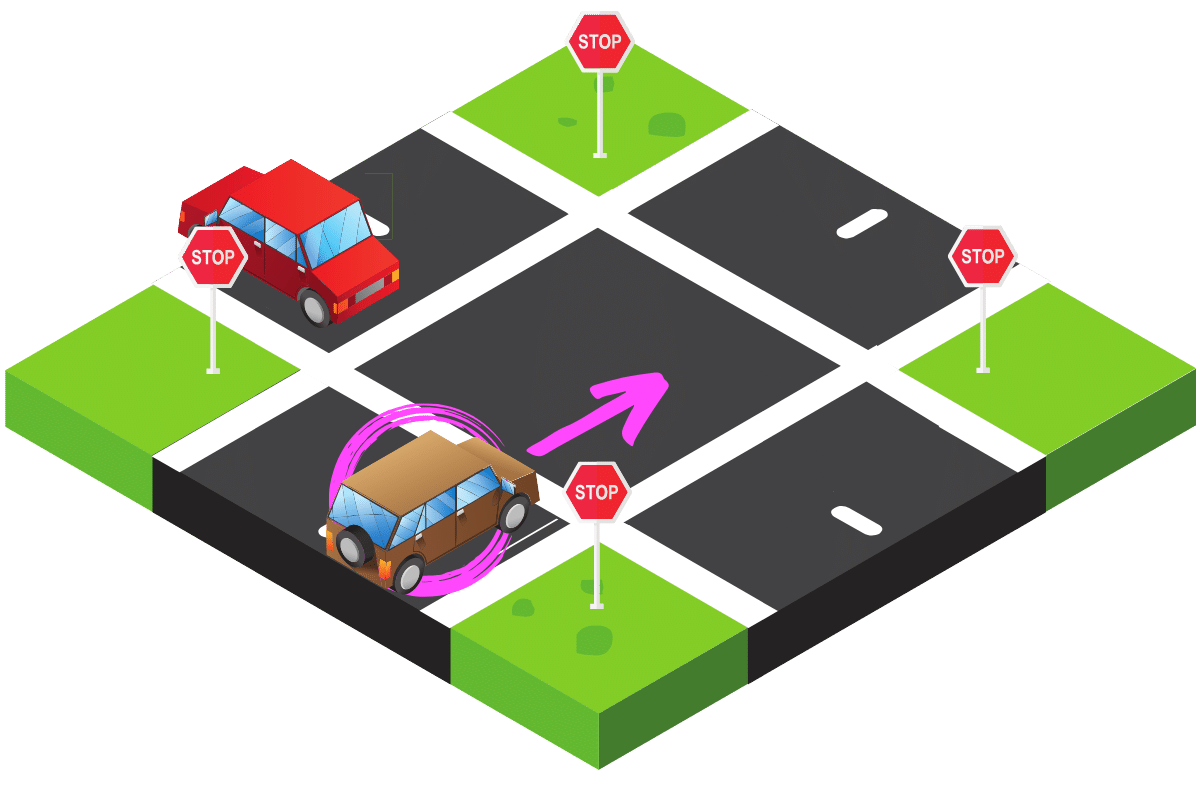
3. Making a left or right turn with oncoming traffic
Any time you approach an intersection and need to make a left or right turn, you must yield the right-of-way to any oncoming traffic. For example, you must wait for approaching vehicles to pass or turn. Be sure to check your blind spot for cyclists as well.
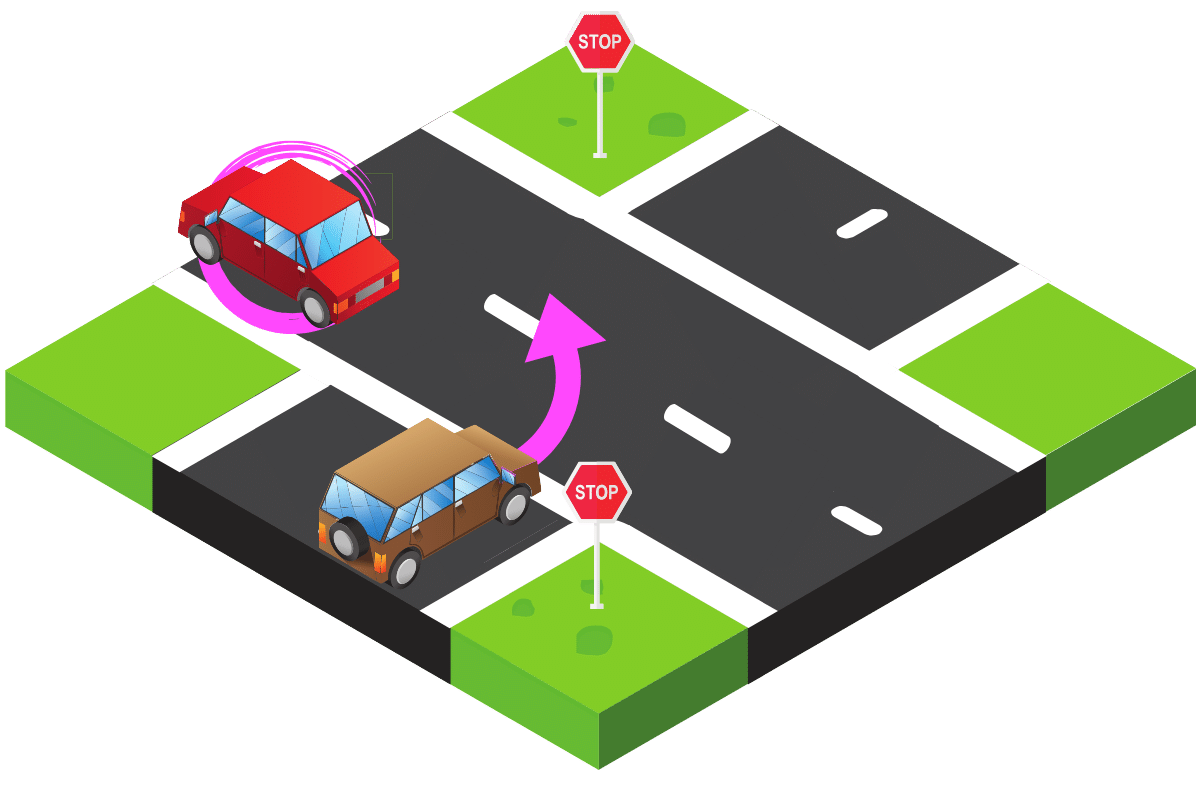
4. Making a left or right turn with a pedestrian
This is the same situation as #3, except you must also yield to all pedestrians when making a right or left turn.
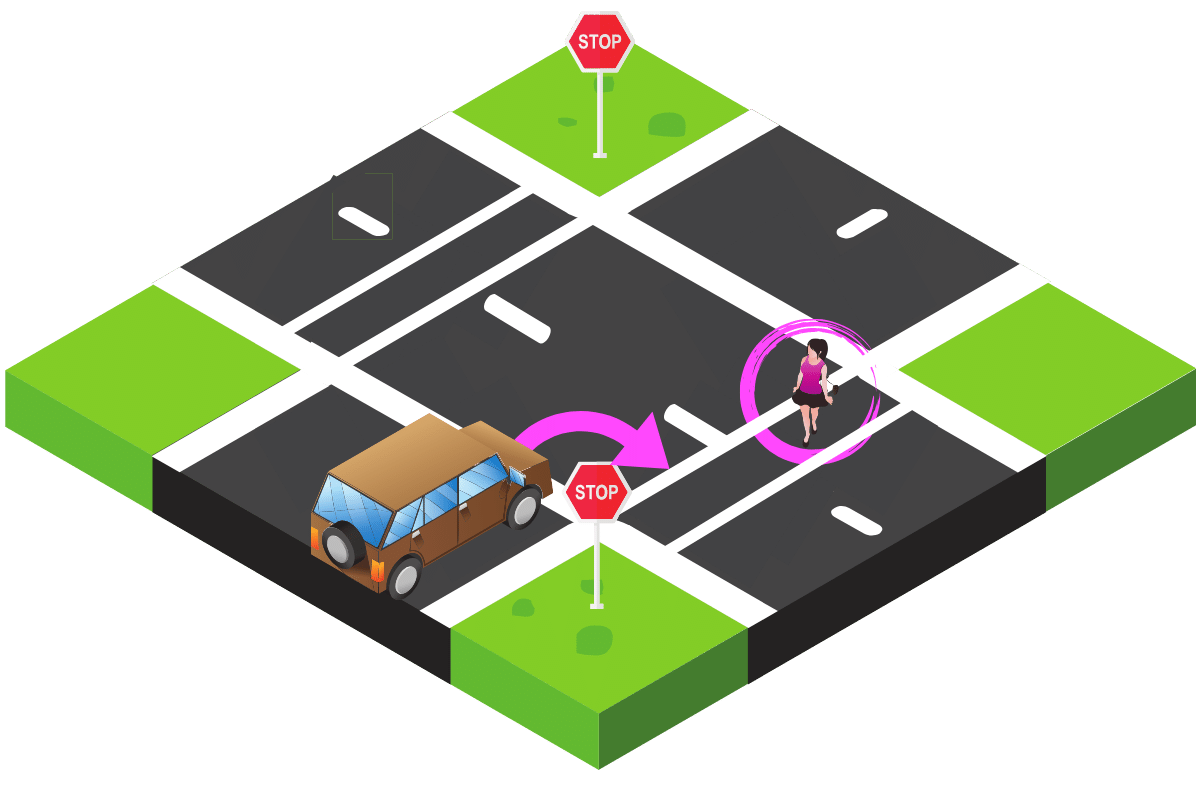
5. Entering a road from your driveway or private road
If you live on a busy street or have a private road on your property, you’ll need to yield to any oncoming traffic, cyclists, pedestrians before pulling out onto the main street.
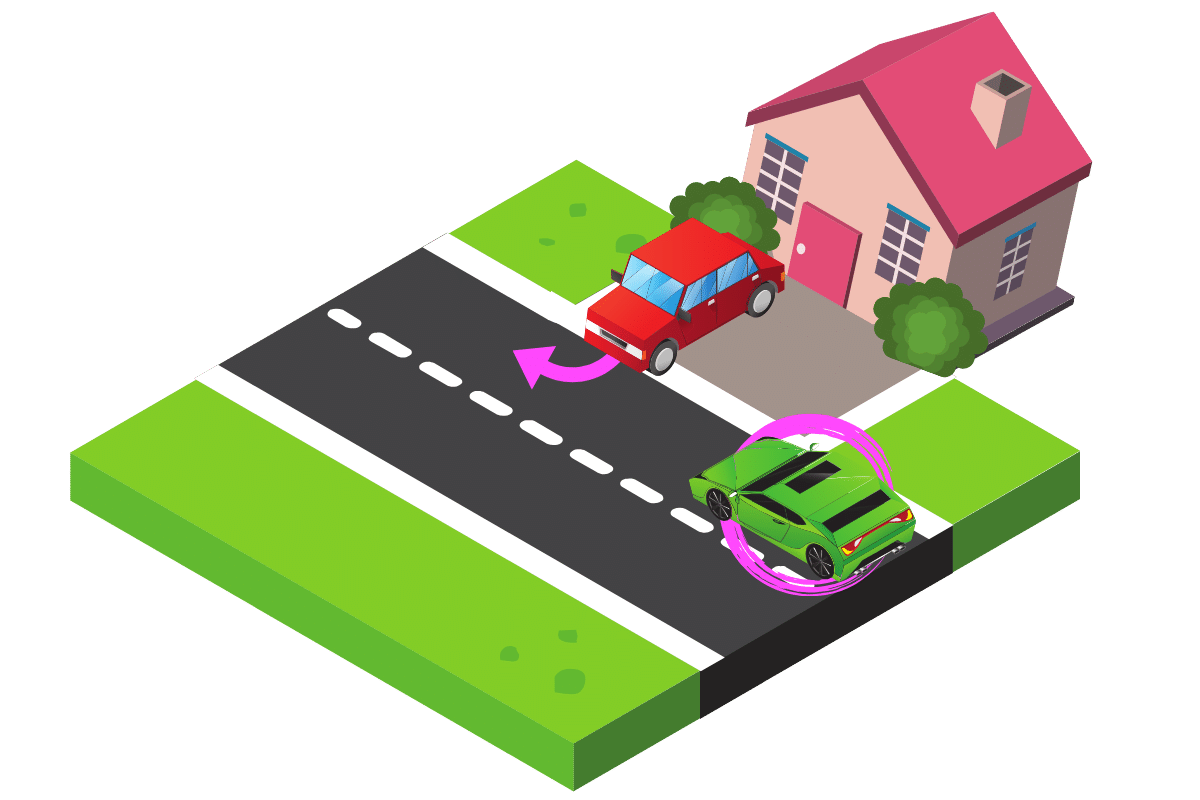
6. Crosswalks and school crossings
You must wait for the pedestrians and the crossing guard (if there is one) to completely cross the road before continuing, not just your side of the road.
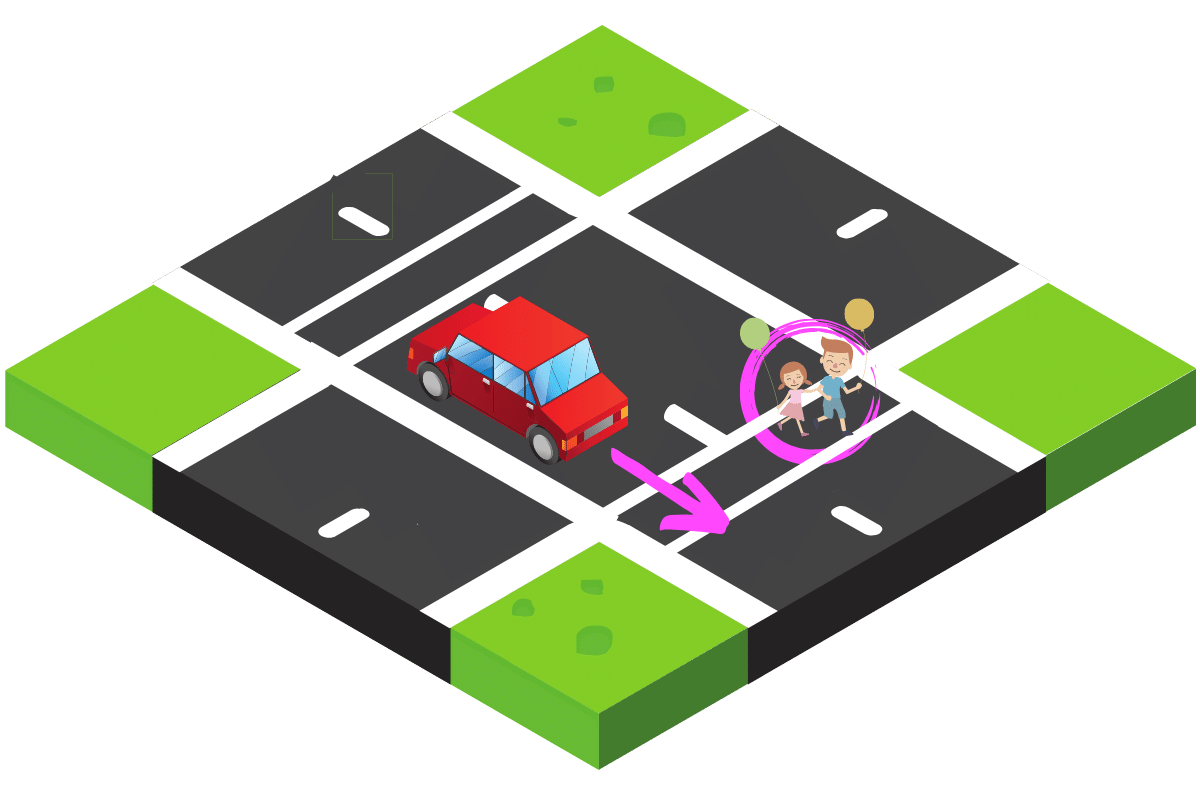
The Wrong Way: Common Right-of-Way Mistakes
We all make mistakes. Failing to yield can be a costly one, but if you live on a busy street, drive a lot in the city, or live in a pedestrian and cyclist-friendly neighbourhood, it’s a daily challenge.
Make yourself aware of these common mistakes so you don’t make them too:
- Not yielding properly in a four-way stop. Some drivers unfortunately do not respect the rule to yield to the driver on the right or they do not notice the stop sign and drive right through, causing a collision.
- Not waiting until pedestrians have fully crossed the street before proceeding. Many drivers only wait until they cross their lane.
- Not checking the bike lane before making a right or left turn. Many Canadians are injured and killed this way every year; there were 715 fatal or serious cyclist injuries in Toronto alone from 2006 – 2019.
- Roundabouts still confuse Ontario drivers enough to avoid them. Not yielding to oncoming traffic when entering a roundabout is a common mistake, as many drivers fail to signal their roundabout exit properly.
- Not yielding to a pedestrian at a stop sign or light when making a right turn. Many drivers edge forward to go as soon as possible, instead of safely waiting until they’ve crossed.
Right-of-Way Fines and Demerit Points
When you’re fined for failing to yield in Ontario, there are some serious punishments:
- $110 fine
- 3 demerit points
- Your insurance will likely increase
- Typically stays on your insurance record for three years
What if I get into an accident as a result of failing to yield?
If you get into an accident as a result of failing to yield, you will be considered at fault. This will most likely raise your rates.
It may be possible to avoid higher rates if you have accident forgiveness coverage on your policy, but that would need to be purchased before you get into an accident.
Do I have to yield when approaching a roundabout?
Yes, yielding is an essential part of driving safely in a roundabout. Keep an eye out for pedestrians crossing in front of you as well as cyclists who may be hugging the side of your lane.
Learn more about how to properly drive through roundabouts in Ontario.
Are there other situations where I have to yield?
Yes, you must yield to approaching emergency vehicles and school buses, no matter which lane they are in.
- Pull over for emergency vehicles until they pass.
- Stop for school buses that are picking up or dropping off students—you’ll see the flashing lights and the extendable stop sign.
If you do not and are fined, you may also get extra demerit points—and that’s no good for your auto insurance rates.

